B2B content has a reputation for being more formal, serious and, be honest, bland.
But it really doesn’t need to be.
Ever noticed how some B2B companies behave as if their customers undergo a Jekyll and Hyde transformation from “consumer” to “business” when the clock hits 9 each morning?
A lot of B2B content assumes that just because a person is in “work mode”, they will actively choose to read a dry-as-biscuits article or white paper on global trends in interlocking flanges … or something. And, because this is serious, professional content from a serious, professional brand, the copy reads like a thesis from a Victorian university academic.
Of course, plenty of people may still download the white paper out of a sense of professional duty. But we’ve all downloaded content like this intending to read it later only for later to never come. Or if we do find time to give it our attention, that attention wanes after the first few dense paragraphs because … well, to be fair, the cat’s litter tray really did need emptying.
Businesses don’t sell to businesses. Businesses don’t even talk to businesses. Every B2B interaction can be boiled down to people talking to people.
My favourite piece of B2B content is a few years old now, but it still serves as a great example of how to ensure your message captures the interest of the right people and gets read right to the end.
In 2013, U.S. tech company SunGard promoted its enterprise cloud service with an e-book called The Zombie Apocalypse Recovery Plan, which was also supported by an infographic and a social media campaign.


This was a highly creative campaign that used the theme of a zombie apocalypse to illustrate the key factors of an effective disaster recovery plan. SunGard’s zombie e-book smashed previous download rates by over 300%, and the fattened database led to 24 qualified leads in an industry where even one or two good leads can represent a healthy ROI. The campaign won a swag of marketing awards too.
This campaign talked to IT professionals on their terms, framing the information with pop culture references likely to appeal to the Walking Dead fan hiding underneath the collar and tie.
Here are just a few tips on how to avoid falling into the trap of boring B2B content.
Ditch the corporate language
Of course, there will always be circumstances where a more serious and formal style is necessary. However, a lot of what often passes for a B2B or corporate tone of voice is actually just bad writing. When someone has to reread a complex sentence or ponder an unfamiliar word, they are no longer focused on the message but on the mechanics of the writing.
This B2B language and tone is even more off-putting when it crops up in social media. Many businesses, particularly large corporates, make the mistake of adopting a tone of voice so formal and officious that it’s as if they’ve turned up to a beach barbecue wearing a three-piece dinner suit.
Professional language isn’t defined by corporate buzzwords and complex sentence structures. Professional language is a) easy to read, and b) easy to understand. Adopting a more conversational style can humanise the brand and avoid the appearance of being over scripted.
Get out of the office
B2B visuals can be just as important as the language – and can be just as easy to get wrong.
Your customers are interested in what your product or service can do for them, not what your boardroom looks like. We get it! Big companies work in offices. We don’t need to be reminded of it quite so often. The same goes for your choices of stock imagery too.
Find images that are less about your business and more about your customers and what you can do for them.
Get emotional!
The human brain is driven by emotion more than it is by logic or a table of statistics. When B2B content also appeals to the reader’s emotions, it is more likely to capture and retain their interest. Crucially, the reader is more likely to remember the information, as emotion is closely linked with memory.
There are many ways to weave emotion into otherwise bland content. Dropping in the occasional joke for colour or perhaps tugging on the heartstrings when describing a customer story can give the reader’s brain that little kick it needs to form a relationship with the content.
Yes, worktime isn’t playtime. But that doesn’t mean any semblance of fun or genuine human emotion should be exorcised from B2B marketing.



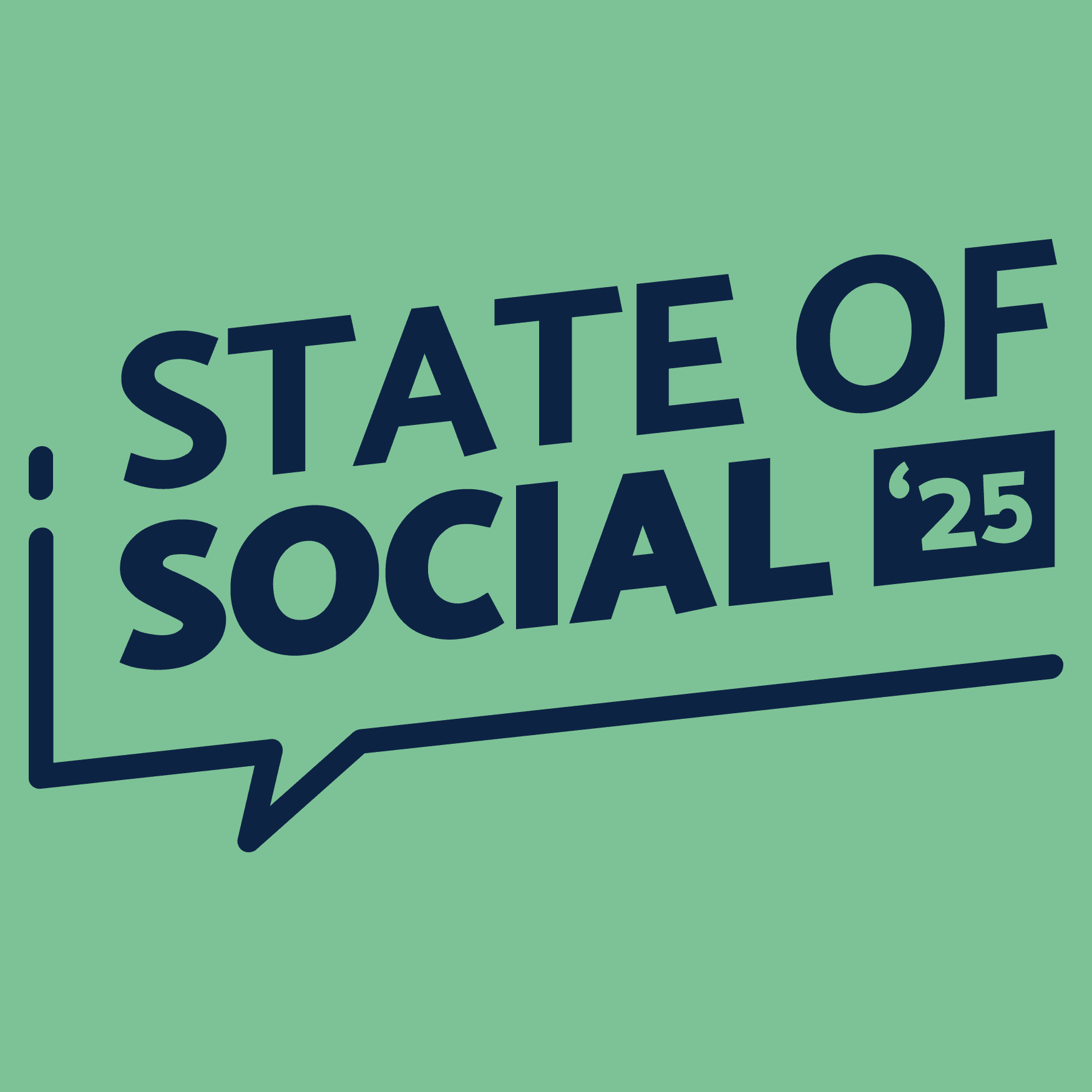
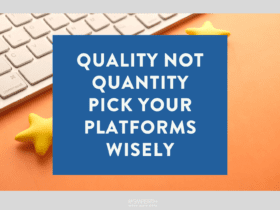
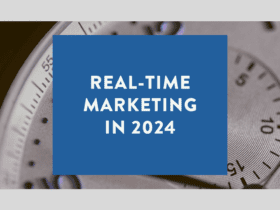
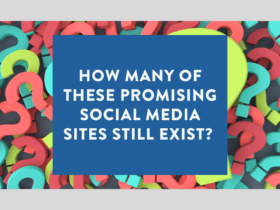
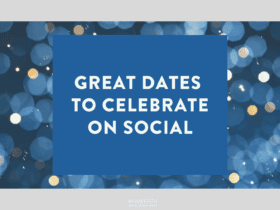
LET’S CONNECT